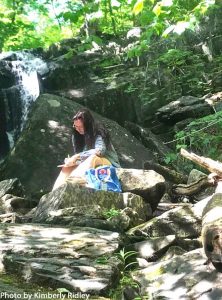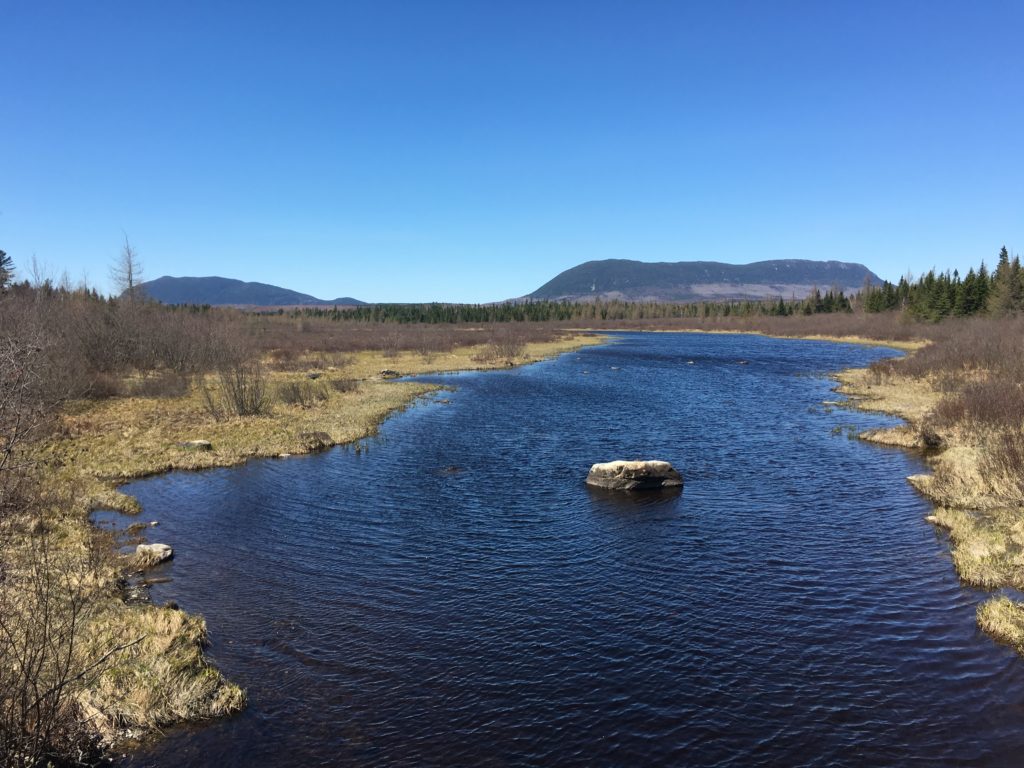When the editor of PawsTrails Explorer magazine approached me about writing an article on the success of working forestland conservation in Maine, it was autumn 2019. The piece finally went live in December 2020. Scrolling through it, that first time, I was struck by all that has happened in the intervening months. In more ways than one, I don’t feel like the same person who wrote this.
I was asked to answer a question. How did Maine, in less than three decades, manage to conserve 3,000,000 acres? The story that I told—the story that was told to me—was about consensus. It wasn’t a perfect consensus. While I was not present for the events described, I suspect that important voices were probably not heard, or even offered a seat at the table, as some of these enormous decisions about the future of Maine lands were being made. It is a tremendous understatement to say that I omitted pieces and players from a larger and more complicated narrative than I had space or time to delve into.
What has always compelled me about the Forest Society of Maine’s mission is that it acknowledges that different people can love a place for different reasons. In the article, I quote Jay Espy as saying that, “People recognized that there would need to be a land trust different from any other that had come before.” I believe that there was and is still a need for organizations like FSM, that do not see “conservation” as “land that is empty of people.”
The story of land conservation in Maine is, at its core, the story of a critical mass of individuals who took a hard, honest look into the future. They looked, and they saw with clear eyes that it was possible to lose the things they valued most. This is (some of) what happened, next:
http://www.pawstrails.com/magazine/forest-conservation-maine-us-by-erica-cassidy-dubois/
Sending warm wishes to all reading this for good health and happiness in 2021.
My very best, Erica




